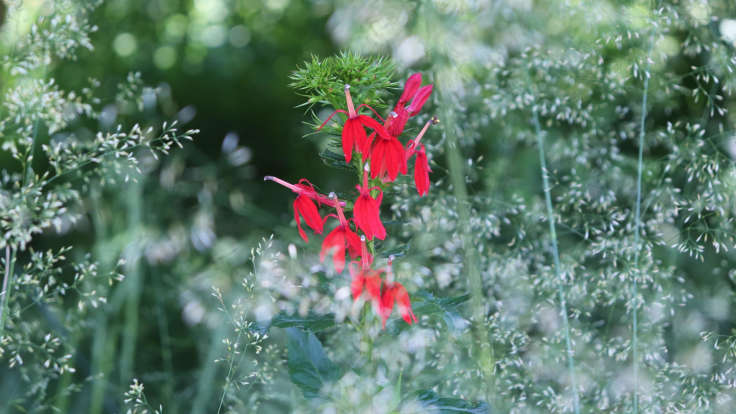
Rebecca McMackin’s cover for her Sturgeon Moon newsletter
More reactionary horticulture in the media
And there’s more in the Reactionary Horticulture saga. Luckily, ecological landscaper Rebecca McMackin has been following it in her latest newsletter Sturgeon Moon.
I have lots of opinions about this, obviously. But for now I am just going to quote McMackin from her newsletter for reference, and return another time:
British gardeners continue to fight about rewilding and it’s hilarious fun from over here. Alan Tishmarsh even wrote to the House of Lords which, I don’t know what that means, but it seems like “speaking to the manager” of gardeners. So Alan / Garden Karen is arguing that rewilding is actually bad for biodiversity, in that he feels a “diversity” of exotic plants is better for wildlife than a rewilded landscape. It’s notable that the same argument has been presented by less reactionary British gardeners for some time. Enter, Isabella Tree, who literally wrote the book on rewilding. In her retort in the Guardian, she very patiently invites the “celebrities” to come experience the beauty of Knepp, her rewilded castle, designed by Tom Stuart-Smith and James Hitchmough. However, she seems to disavow the use of native plants, minimizing them and also highlighting the benefit of exotics. Gardens Illustrated’s whole issue this month was on wildness, featuring a piece arguing again for the ecological benefits of a purely aesthetic practice, and another (more appealing to me) piece that defines rewilding as “encouraging the return of native species.” Which is just so interesting: over here, planting native plants is the crux of ecological horticulture. My sense of UK rewilding is that they’re more focused on introducing large animals to create conditions favorable for wild plants to return, but that the act of planting native plants is more the job of restorationists. Do I have this right? If you have a theory as to why, I would love to hear it.